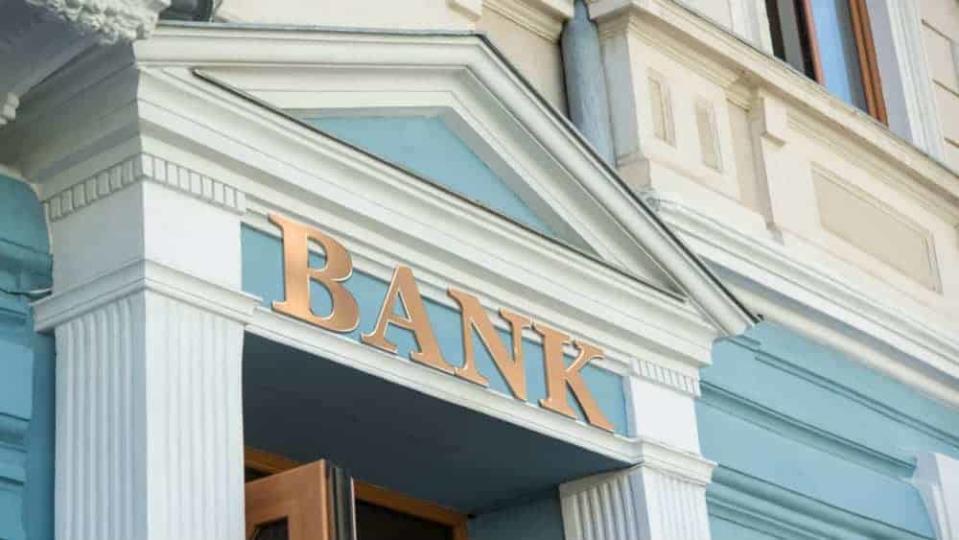1 Sneaky Trick to Turn Taxes Into Your Retirement Fund

Death and taxes. These are the two guarantees in everyone’s life. But what if you could turn the process of taxes into an advantage? That’s what I’m going to cover in this article.
The tax collector
Every month – heck even every day – you pay taxes. When you go to the grocery store. When you’re paid. When you buy gas. Everything has a tax associated. This happens automatically whenever you buy or make income on anything.
So why not do the same thing with your savings?
When you’re paid, the taxes are automatically taken off of your pay cheque. But there is a really easy, simple trick to saving money by doing the same thing towards your savings goals.
Let’s say you took off 10% of each pay cheque, just like your taxes. You then put that into a savings account, and whenever you’re paid you’ll see it grow and grow. All you have to do is set up an automated payment to transfer the money from where you’re paid, into this savings account! Simple as that!
But it gets better.
Turning money into more money
If your goal is to make this a retirement account, don’t just leave it in a savings account. You’re at the Motley Fool, so clearly you know what I’m going to say next: invest it! Instead of making automated payments into your savings account, put it into a Registered Retirement Savings Plan (RRSP) or a Tax-Free Savings Account (TFSA).
Each has a contribution limit set out each year by the Canada Revenue Agency (CRA), so make sure you don’t go beyond that limit. You can easily find this out by either calling the CRA, or checking on your MyAccount.
But again, don’t just leave your investment sitting in cash, invest it!
Where?
That depends on a few things, so it’s important to always have a meeting with a financial advisor to discuss your retirement goals. Someone who is nearing retirement will likely have different goals than someone in their 20s, for example. But as a general rule, I think everyone should have at least one stock that provides dividends.
Dividends come out each quarter, sometimes every month, like a pay cheque. These funds are put in your account as cash, and is basically free money you can then reinvest.
A great option for beginner investors is to look at what banks offer. There are Exchange-Traded Funds (ETFs) or straight up equities that focus on dividends. So again, talk to your advisor about some options. However, I’ll go over one below as a strong example of what you can turn your new savings trick into.
Savings in action
Let’s say you’re 30 years old and want to retire in the next 30 years. You want to have a million dollars saved up by then. You decide that you want to go with a straight up bank equity, and choose Canadian Imperial Bank of Commerce (TSX:CM)(NYSE:CM) as it has the highest yield of the Big Six Banks.
In this example, you make $50,000 per year. That would mean you have $5,000 to invest each and every year for the next 30 years. If you just put that aside, you would make $150,000 by the time you retire. Not any where close to a million dollars.
Now let’s say you invested it in CIBC stock. The stock offers a dividend yield of 4.58% as of writing, which equals $5.84 per share per year. That dividend has risen at a compound annual growth rate (CAGR) of 5.28% in the last decade.
Then there are shares to consider. CIBC stock has seen shares rise 145% in the last decade for a CAGR of 9.39% in that time. So that’s another factor when figuring out how much you could make by retirement.
Foolish takeaway
So if the stock continues to rise at the same rate, along with dividends, and you invest $5,000 into CIBC each year and reinvest dividends, you would end up with $2.2 million in 25 years alone!
That’s all from one simple trick that means not even upping the increase if you get a promotion, or when you diversify investments. This example shows just how important making smart investments can be!
The post 1 Sneaky Trick to Turn Taxes Into Your Retirement Fund appeared first on The Motley Fool Canada.
More reading
Fool contributor Amy Legate-Wolfe has no position in any of the stocks mentioned.
The Motley Fool’s purpose is to help the world invest, better. Click here now for your free subscription to Take Stock, The Motley Fool Canada’s free investing newsletter. Packed with stock ideas and investing advice, it is essential reading for anyone looking to build and grow their wealth in the years ahead. Motley Fool Canada 2021

 Yahoo Finance
Yahoo Finance 